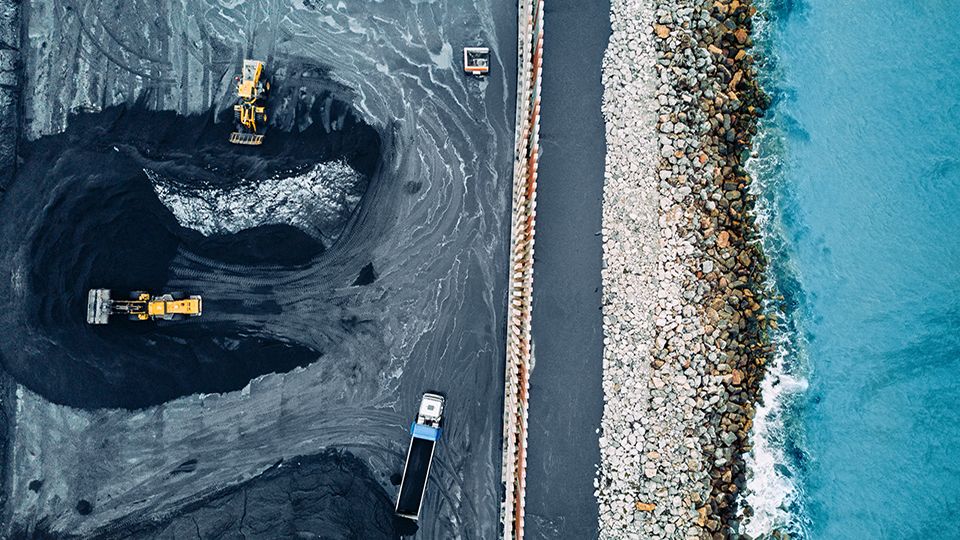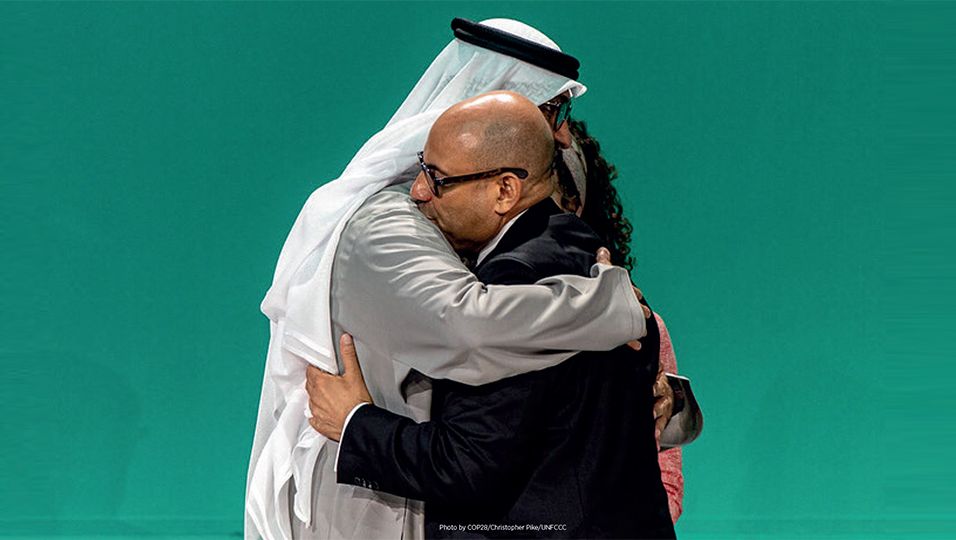Last year, I wrote a cautionary but ultimately hopeful piece on what investors could expect from COP27, but alas, this year, I am finding it a little bit harder to feel or convey much optimism.
I write this in August 2023 against the backdrop of the headlines every day being (as Al Gore has been saying since 2010) “like taking a nature hike through the Book of Revelation”. Canadian, Greek, and Hawaiian wildfires, four concurrent heat domes from the southern US to East Asia descended on millions, flooding, hurricanes, and droughts – when it comes to the weather and natural disasters, 2023 has already been a year of superlatives.
Then there is the optics of COP28, especially its presidency sitting with the United Arab Emirates, one of the world’s biggest petro-states, and the leader of the talks being Dr Sultan Al Jaber, the CEO of the state-owned Abu Dhabi National Oil Company (Adnoc). Some countries have threatened to boycott the negotiations, but none have done so officially, yet.
But let’s allow hope to prevail and judge the conference as we have done others – by its outcomes.
In the run-up to COP28 in Dubai, there are a few things that global investors should watch out for:
1. Results of the Global Stocktake and ‘ratcheting’ of national pledges
The Paris Agreement’s Global Stocktake process is designed to assess the global response to the climate crisis every five years. It evaluates the world’s progress on cutting greenhouse gas emissions (mitigation), building resilience to climate impacts (adaptation), and securing finance and support to address the climate crisis (climate financing and technology transfer primarily from the global north to the Global South).
This COP must explain to the general public why, by all objective measures, we are failing to get emissions under control to meet the Paris Agreement. This failing report card requires countries to revisit the nationally determined contributions (NDCs) and ratchet them upwards to meet this ambition gap.
The hope is that this is a moment for course correction and acceleration. This is somewhat of a last-chance saloon as there is no formal mechanism for such a ratcheting process to take place again before 2030.
2. Mobilising climate finance in a recessionary environment
If you have been following COP, or even just its controversies and failures over the years, you probably know of the commitment set in 2009 to mobilise $100bn per year towards the needs of developing countries, which has yet to be met (and expires into 2025).
This system will be replaced by the new collective quantified goal (Ncqg). The goal focuses on both the amount of – and the mobilisation and provision of – financial resources. It is closely linked to the key goal of climate finance in the COP process: making financial flows consistent with a pathway towards low greenhouse gas emissions and climate-resilient development.
One of the things to look out for is any change in global financial architecture, particularly its institutions like the IMF and the World Bank – specifically, if and how the public sector will provide catalytic capital to be able to draw in the private sector for emerging market investments.
An example of this is the Just Energy Transition Partnerships (JETPs) which are mobilising financing to support the deployment of renewable energies for countries like South Africa, Indonesia, Vietnam and now Senegal.
A global transformation of our economic systems to a low-carbon economy needs to ensure that the ‘just’ part has substance. We will see if the Ncqgs can provide the right level of concessionality for these fiscally stretched countries and to help draw in private investment with appropriate financial risk mitigation.
3. Will governments get real on natural capital goals?
COP26 in Glasgow recognised, for the first time, the role of nature-based solutions, oceans and the cryosphere as playing a more meaningful part in global emissions reductions – finally putting all these heavily interdependent systems into the climate change box.
COP15 saw the adoption of the Kunming-Montreal Global Biodiversity Framework (GBF) by 196 countries in December 2022, guiding action in global efforts to halt and reverse biodiversity loss by 2030.
COP28 is the first climate COP since the GBF; research shows that at least 70% of the GBF targets are estimated to help governments deliver directly or indirectly on the Paris Agreement. Watch out for the extent to which nature is being embedded into the NDCs and, in a fantasy scenario, a formal mechanism to start to merge the two COP (climate and nature) processes.
Controversies abound, but I urge you to judge this year’s conference by its outcomes. The COP presidency has a lot riding on its shoulders – let us hope they are up to the task.









